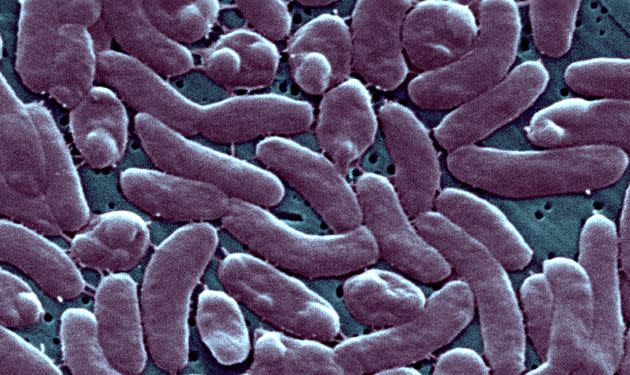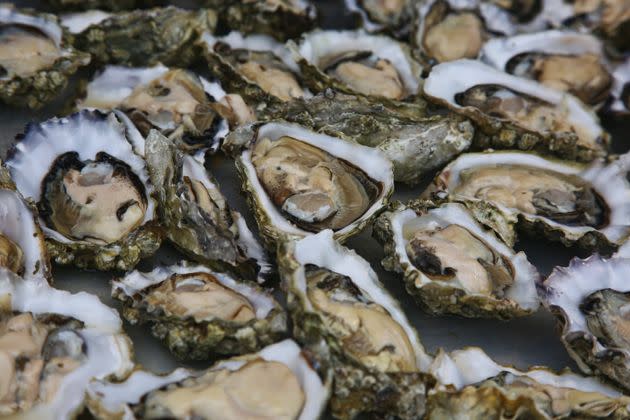Rare Flesh-Eating Bacteria Infections Kill 3 In Connecticut, New York
At least three people in the northeastern U.S. have died after contracting a type of flesh-eating bacteria that can spread through warm, brackish water or the consumption of undercooked shellfish, officials said this week.
Two deaths from the rare Vibrio vulnificus were in Connecticut, which also saw an additional person hospitalized, Chris Boyle, a spokesperson for the state’s health department, told HuffPost in an email Thursday.
Two of the infected people in the state had swum in separate locations in the Long Island Sound, a body of water separating Connecticut from New York, while having open wounds. V. vulnificus, which occurs naturally in saltwater, can infect swimmers with broken skin.
The other infected person became sick after eating raw oysters from an out-of-state establishment, according to Connecticut’s health department.

About 1 in 5 people infected with Vibrio vulnificus die, according to the CDC.
In New York, a person died in Suffolk County on Long Island after also contracting the bacteria, the state’s health department said Wednesday.
It’s not yet clear whether the person encountered the bacteria in the state’s waters or elsewhere, according to officials.
“It is critical that all New Yorkers stay vigilant and take responsible precautions to keep themselves and their loved ones safe, including protecting open wounds from seawater and for those with compromised immune systems, avoiding raw or undercooked shellfish which may carry the bacteria,” New York Gov. Kathy Hochul said in a statement.

Someone can become infected if they consume raw or undercooked shellfish, or if a wound or broken skin is exposed to warm, brackish water.
“We are reminding providers to be on the lookout for cases of vibriosis, which is not often the first diagnosis that comes to mind,” said Dr. James McDonald, New York’s health commissioner, in reference to the infection.
Symptoms include watery diarrhea, which is often accompanied by stomach cramping, nausea, vomiting and fever. If a wound is infected, there may be discharge at the site, as well as discoloration, redness, pain and swelling. A bloodstream infection can also lead to blistering skin lesions, according to the Centers for Disease Control and Prevention.
More commonly found during the summer months, V. vulnificus is commonly described as flesh-eating because in severe cases, the flesh around an open wound can die in what’s called necrotizing fasciitis.
Patients are treated with antibiotics but in some instances, legs or arms may be amputated to remove dead or infected tissue. About 1 in 5 people die from V. vulnificus infections, the CDC said.
